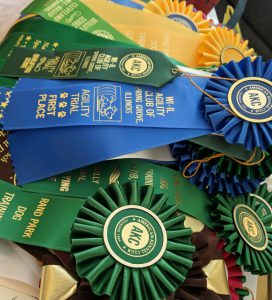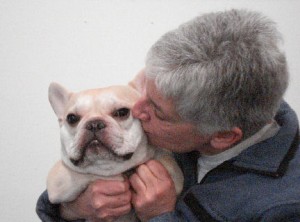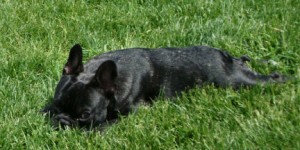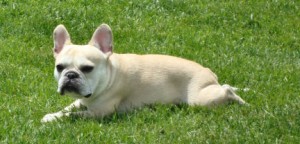We have a nice collection of ribbons from dog shows. Not a huge collection Not even as big as we’d like, but we have them. Really, really expensive little strips of different colors of silk.
We like green ones best, but the other colors are nice, too. Green ribbons mean the dog qualified (did really, really good.) Other colors signify placements, usually first through fourth.

Ribbons our dogs have earned at recent dog shows. Green is “qualifying” – other colors signify placements.
Ribbons are what you get at dog shows when you get what you want, while experience is what you get when you don’t!
There are all kinds of dog shows and it’s confusing if you’re not familiar with dog sports. It’s particularly confusing because there are different organizations that put on shows. Because we’re American Kennel Club supporters, we’re just going to talk about AKC shows.
Conformation dog shows
First of all, the granddaddy of all is the “conformation” dog show. This is the beauty pageant of the dog world. Only purebred dogs are allowed, and each breed is judged separately. The judge compares each dog in the breed to a “standard” set by that breed’s “parent club.” Each one of the 150+ breeds recognized by the AKC has a “parent club” which represents that breed in the United States. Therefore, it’s the people who love the breed who determine the standard for their own breed. The dog most closely resembling that standard is the winner. That dog and the best dog of the opposite sex of the winner each earn “points.” Dogs need 15 point to earn a breed championship.
After each breed judging, the winners of each breed go into “Group” judging. Which breeds are in each group was determined by the original function of each breed. There are currently seven AKC groups:
- Hound Group.
- Terrier Group.
- Working Group.
- Herding Group.
- Sporting Group.
- Non-Sporting Group.
- Toy Group.
In a conformation show, the winners of the seven groups finally go on to compete for Best In Show. The dogs really don’t compete against each other because they’re judged, at every level of the competition, against the breed standard. Therefore, the dog critiqued against a vision of the perfect example of the breed – that that perhaps exists only in the judge’s mind. The person showing the dog isn’t supposed to figure into the judging, although experienced “handlers” know how to show off the dogs to their best advantage. There’s lots more that goes into showing a dog in conformation (grooming, proper handling, ring readiness, etc.) but this is the basic outline.
Obedience dog shows
The next oldest type of dog show is the Obedience Trial. We’re passionate about obedience. Some people think watching obedience is as exciting as watching grass grow. Or paint dry. For us, it’s fun. At the Novice level of Obedience competition, the dog and person (handler) team are competing for the Companion Dog (CD) title. There are set exercises the dog/handler team must complete to “qualify” in the trial and earn a green ribbon! Three qualifying scores (170 or up to 200) earns the title. The exercises for the Novice competition include:
- Heel on Leash
- Figure 8
- Heel Free (no leash)
- Recall (Come when called)
- Long Sit
- Long Down
Obedience Trials look chaotic because so much is going on at once. Most Obedience Trials (shows) have several different “rings” going at the same time. A different judge presides in each ring. And each ring has a different level of competition going. After Novice, the dog competes in Open (CDX title), then Utility (UD). After that, dog/handler teams may compete for the UDX (Utility Dog Excellent), and the ultimate accolade – OTCH (Obedience Trial Champion).
Next time we’ll talk about Rally and Agility.












